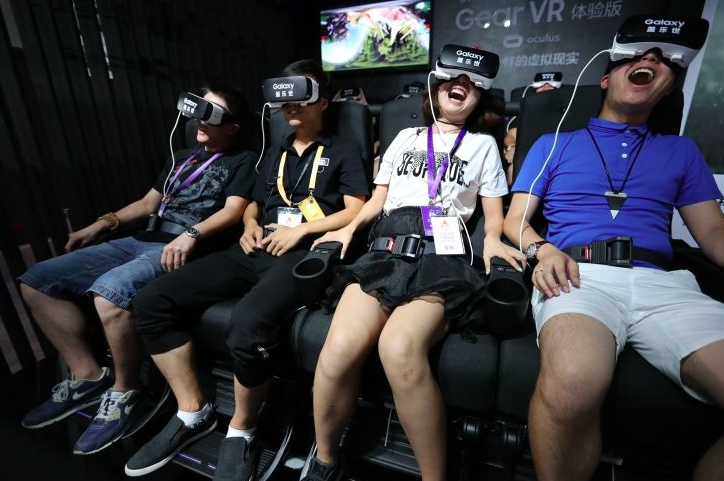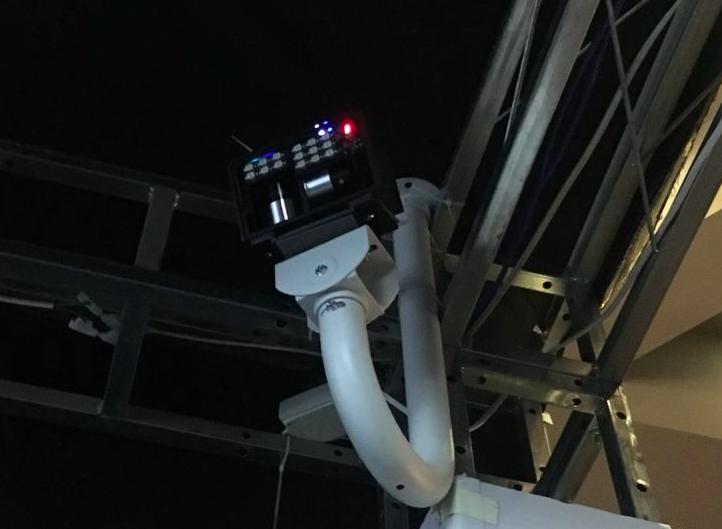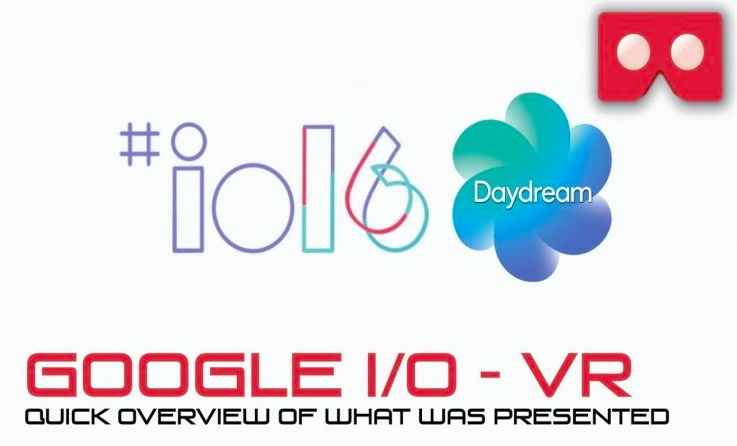This week's most eye-catching event was none other than Taobao. In addition, G-Wearables announced cooperation with LittlePay Technology. It was reported that Samsung announced the VR-one machine, and Google’s attitude toward the one-box machine... Follow the immersion. Let's review it.
Ali Buy+ Experience: Does it succeed in inspiring us to be “losing�Although the experience area of ​​Buy+ in the large shopping center is located in the corner of the venue, it is the largest exhibition area with the most experienced equipment and the largest area. There are two sets of demos that can be experienced, corresponding to different products, one set for displaying bags, and the other set for displaying underwear.

Under the guidance of the staff, the reporter put on a helmet and entered the virtual exhibition space. Because the HTC Vive was used on the hardware experience, no discomfort would appear. While the details interact above, the entire Demo is relatively reasonable and complete. For the immersive experience of the bag display, which is divided into two layers of interaction logic - the right hand of space movement and left hand merchandise menu. The entire virtual display space is divided into a product display area and a show field. The user picks up the item with his right hand, and the user can call out the menu on the left hand side. It can be found that there are options such as "Change size/color", "Buyer show", "Store display" and "Return" on the product display. In addition to allowing buyers to visualize the difference between the size, model, and color of a product, VR technology also allows buyers to view a 360° panoramic video of the buyer’s review and the “store display†rendering. The "T-Taiwan Show" on the stand in the virtual space.
In addition to the future of Singer Hatsune, there is a new Demo of Magic Leap on the festival.Apart from the immersive experience of Buy+ that was experienced yesterday (see the Alibaba Buy+ experience in the experience report: Can it successfully encourage us to be “dispossessed?â€), there are other VR compelling works by various companies in the exhibition area. Although the venue is very noisy, if you listen carefully and look for it in the direction of the screaming, it is the Gear VR exhibition area that has left many sisters with an eclipse. What's astounding in Samsung's exhibition area is not the Gear VR that the Galaxy S7 edge can launch into the water and use it as a rocking chair.

The screaming experience for Gear VR
The experience built in Gear VR is the “suspended roller coaster†in the amusement park. Visual and physical shaking and jolting make it feel like being in the air for a moment, especially in the moment of dive. The shaking of the chair and the visual impact made the screaming excitement. Although Gear VR is not as high in resolution and viewing angle as the PC, it is better than the equipped facilities. If there are readers who want to ride a roller coaster every day, we recommend that you customize this equipment at home - don't forget the electric fan, everything is the same as the amusement park except for the pressure of the wind on the face.
The same laser positioning, this domestic manufacturers do better than HTC Vive? Laser emitting unit is bigger than Vive's Lighthouse
Laser emitting unit is bigger than Vive's Lighthouse
It must be said that, whether it is the principle of laser positioning, or from the scene display, STEPVR positioning scheme is very similar to HTC Vive. But Guo Cheng said, "We are more complicated."
"The laser is snaking around and it can be launched very far. The principle of positioning is to look at the angle of the laser. If you find two lights at the same time, you can't tell the angle of the laser." He used two people at the same time. Speaking analogy. When you have two people with your eyes closed and speak to you at the same time, you are in the position to distinguish the sound, and the two people are still changing positions, so HTC Vive's positioning "can not let the same acceptance position received two lasers at the same time. “
STEPVR can place four positioning laser emitting units in the same space. If the 5X5 standard space is not enough, it can continue to increase the launch unit, expand the physical space, and achieve the same space experience for many people. Indeed, this is one point that Vive cannot currently achieve.
Samsung VR machine Logo exposure or named OdysseyAccording to the Digital Trends report, a Galaxy Club forum in the Netherlands recently revealed three trademark applications filed by Samsung. It is understood that the trademark is likely to represent Samsung's upcoming devices. The most notable is of course the middle "VR" trademark, and the other two are the "Odyssey" trademark and an unnamed cube trademark. The classification code of the three trademarks is "9". For the description of code "9", the project introduction mentioned computer virtual reality games, virtual reality game software and virtual reality head-display. In other words, the "Odyssey" trademark is probably the name of Samsung's independent VR head display.
Google to give up VR one machine? This is not actually the case
The source of this rumor was released by Recode. According to sources familiar with the Google VR plan, Google has cut off its internal high-end VR headlines. The direct competitor of this project is the high-end headlines of Oculus and HTC.
This move seems to be reasonable. The protagonist of the Google I/O stage in May of this year is undoubtedly everything related to VR, and the platform that carries this is the Daydream platform based on the Android mobile operating system. Google has put a lot of resources on promoting the construction of this platform. It is also reasonable to come from above.
At the same time, it also implies that Google does not appear to have the same positive interest in competing hardware companies as Samsung and HTC, and that Google’s previous strategy of “borrowing and giving birth†is exactly the same. However, this does not mean that Google has given up this subdivision. According to insiders, the department within VP Clay Bavor, who is responsible for the VR project within Google, has expanded considerably and does not seem to stop. Under this circumstance, how could Google limit itself to the mobile VR platform?
Nvidia's latest eye tracking technology may change the VR industryIn the past 9 months, Nvidia's David Luebke and researchers have attempted to simulate this phenomenon in a virtual reality environment: The device will be fully rendered to the area where the user's line of sight is focused, but the area of ​​the out-of-focus area should be reduced. Resolution. When the player focuses on a small area of ​​the screen, the eye tracking system will constantly adjust the rendering focus. In order to fully render a picture at 90 FPS (lowest acceptable frame rate), a 4-megapixel picture must be rendered nearly 100 times per second. Focusing only on rendering the user's line of sight focus will greatly reduce computational tasks.
After analyzing the SteamVR survey results, we discovered these interesting phenomena

Every month, Valve conducts a check in the Steam user to count the most basic data, such as what software and hardware these users are using, and whether the data will change as a whole.
It is not yet long before the company added the option of “VR helmets†in the survey, but we can examine the basic situation of the VR helmet share from the survey results. A point worth noting is that although Oculus users can also use the Steam platform game, but the game on the platform is not the official portable version (which also means that the game is copyright belongs to Oculus Home). So, without knowing which part of the Oculus Rift user is playing on the Steam platform , we can't extrapolate any conclusions beyond the helmet market share from the data published by Valve .